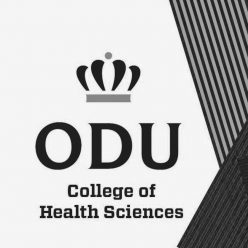MPH 632: Environmental and Occupational Health Risk assessment/ Risk Communication “Town Hall Meetings” Practice Lab.
This practice lab was a very new experience for me. At first, I was unsure of what to think about the assignment. For part of this town hall, we were placed in groups of up to 5 people and were given six topics to choose from. My group was assigned climate change, and all we were told is a real-life disaster would be played and we would have to hold a town hall to discuss the issues at hand. Dr. Blando played the reporter and our classmates played the concerned citizens of the town. I played the part of the physician working at the hospital with the hospital administrator. This project helped with team building and communication as we thought we were very prepared for what was to come. In the end, we missed a key climate change which was wildfires. We had to re-think and stargaze about what our mission state is and what topics to focus on. This practice lab was key in teaching critical thinking and teamwork. I would highly recommend this practice lab to anyone. This builds the confidence that you could potentially need in the future if ever put in a situation as a public health leader.
CEPH Competency #2: Evaluate risks posed by environmental health hazards using risk assessment methods.
MPH 613: Environment, Society, and Health/ Practice Lab “Happy Town”
In the practice lab, all students in the class were to take the knowledge and skills acquired during the course and apply them to a practical public health problem similar to what could be found in the real world. Everyone was given the same mock community with many different varieties of potential lead sources and try to identify the risks. After this, we had to describe the importance of cultural competence in communicating public health content and lastly how we select the proper risk communication strategies for the different audiences. I was able to identify what I believe to be six different risks, lead paint in homes, lead in piped water, lead in old jewelry and toys, lead-based products such as stained glass, lead ammo, and lead in the air from gas and aviation. This was very difficult as there were so many correct answers but we only had to explain six. This practice lab took a very long time to complete but was very informative to help prepare me for any future potential health hazards to the community.
GEH 3. Recommend approaches for recognizing, preventing, and addressing environmental health hazards.
